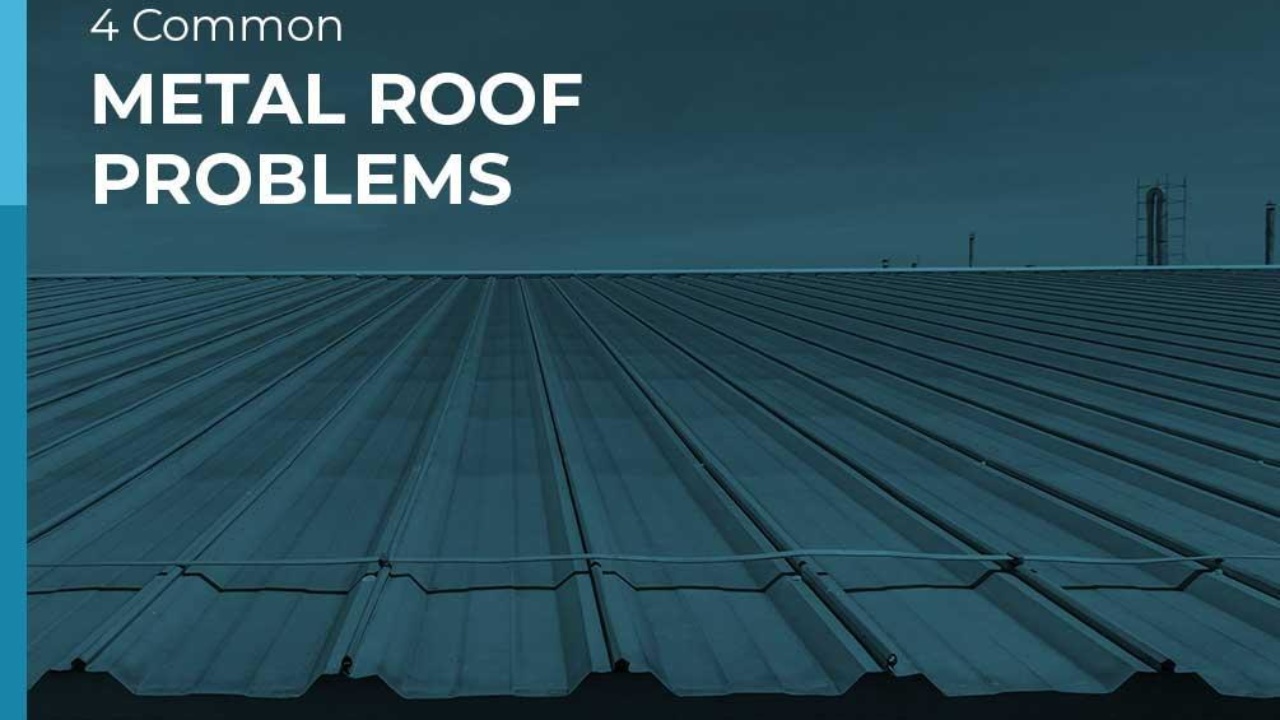This document represents the collaborative efforts of industry labor and government to protect the health of workers exposed to asphalt fumes during the manufacture of asphalt roofing products.
Fumes from roofing work.
Avoiding indoor air quality iaq problems during roofing projects.
Over a half million workers are exposed to fumes from asphalt a petroleum product used extensively in road paving roofing siding and concrete work 1.
Health effects from exposure to asphalt fumes include headache skin rash sensitization fatigue reduced appetite throat and eye irritation cough and skin cancer.
Bitumen asphalt and tars are based on crude oil waste.
Consider using a tanker to supply asphalt to the kettle or directly to the rooftop.
Roofing contractors generally do not consider the materials they use regularly to be hazardous to human health.
When hot asphalt is applied in a molten state it generates toxic fumes.
Avoiding indoor air quality iaq problems during roofing projects is available in portable document format pdf 1 12mb 2pg air emissions from roofing work can cause serious indoor air quality iaq problems in occupied buildings see below a roofing job gone wrong.
Niosh s review of the underlying scientific evidence in the hazard review is consistent with the.
Plan each work site before work begins to reduce asphalt fume exposures for workers and building occupants.
What about skin contact.
There is no direct evidence that inhalation of roof tar odors causes cancer.
After the gasoline kerosene or other more volatile fuels are removed from crude oil the leftovers can be converted to tar.
Asphalt fumes over a half million workers are exposed to fumes from asphalt a petroleum product used extensively in road paving roofing siding and concrete work.
Current engineering controls and work practices are presented for reducing worker exposures to asphalt fumes during the manufacturing process.
Iaq problems during a roofing project can cause delays and increase costs because of odor concerns and possible health complaints from building occupants.
The may be a concern for asphalt workers because of the higher exposure to fumes but not for building occupants with a much lower exposure.
But some roofing contractors have found themselves on the receiving end of personal injury claims from building occupants or others who allege they have been injured by fumes or vapors emitted from roofing products.
If kettles must be used place them where the operator and workers will be least exposed to the fumes.
The noxious fumes you smell from tars being applied to roads or roofs are volatile organic compounds emitted from these substances.




























